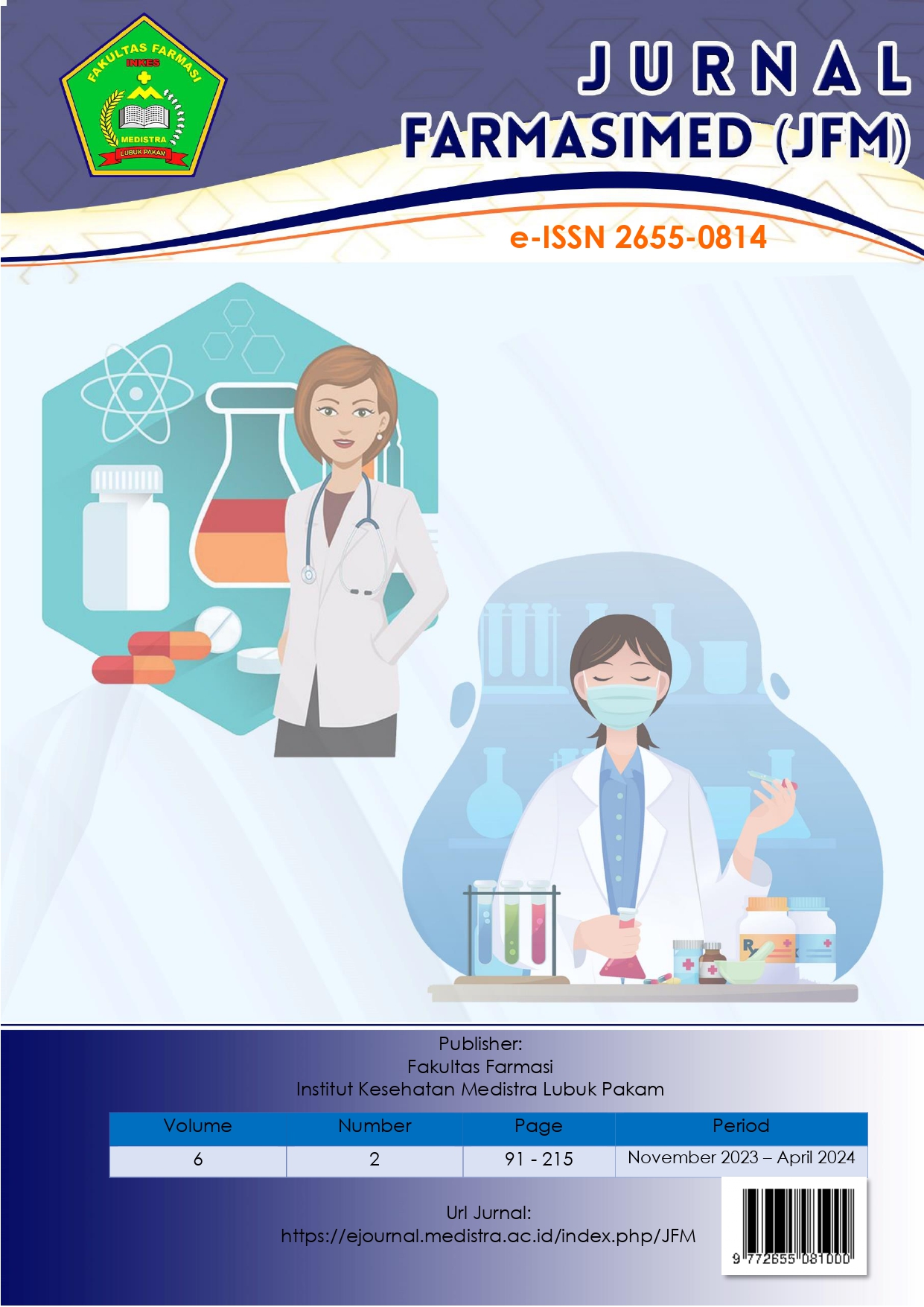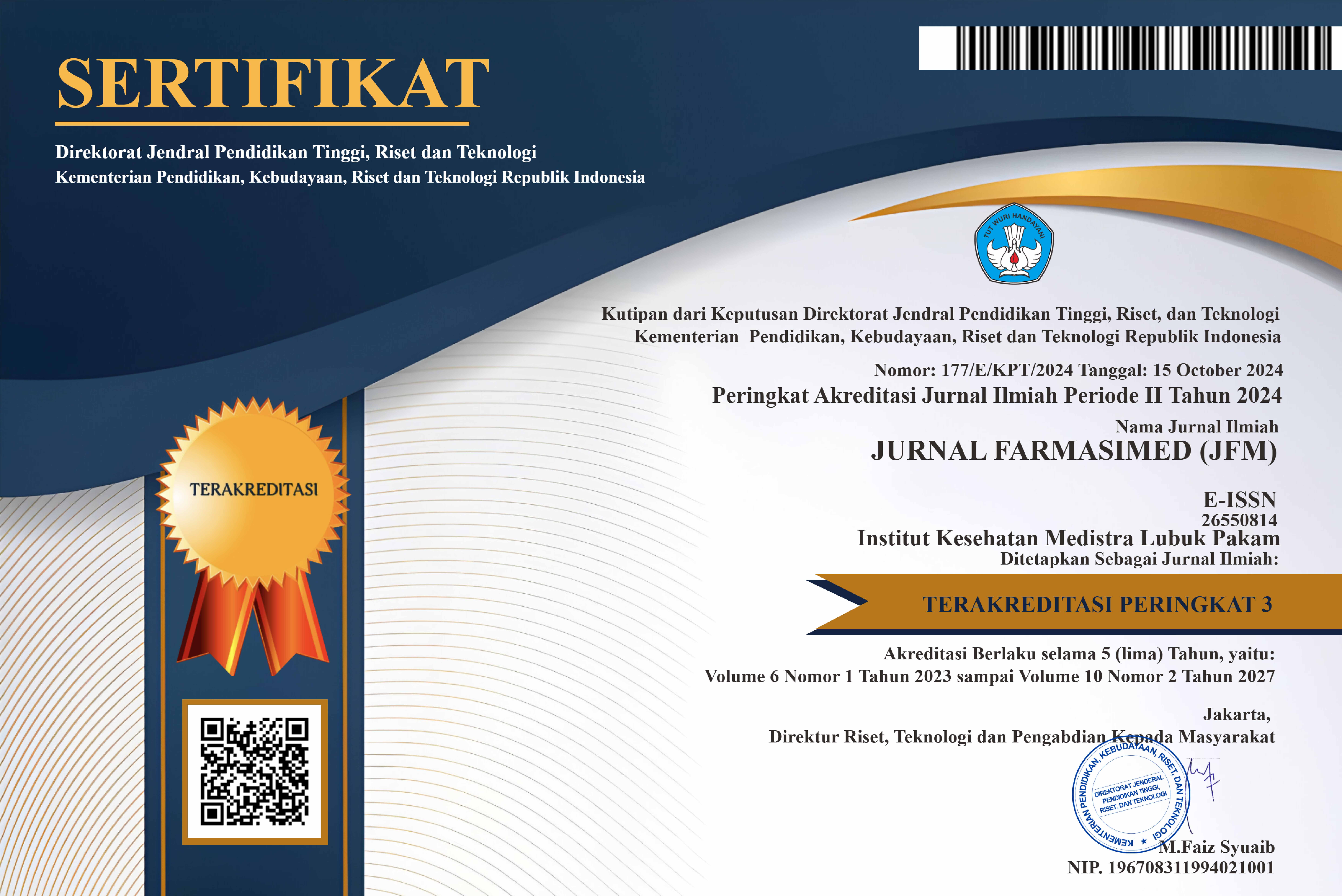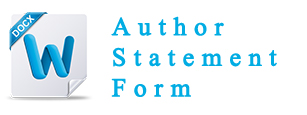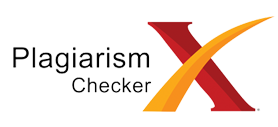The Effect of Emergency Education for Health Cadres in Improving Early Detection of Catastrophic Diseases
Keywords:
Emergency Education, Health Cadres, Early Detection, Catastrophic DiseasesAbstract
Catastrophic diseases, such as stroke, heart disease, and kidney failure, are the leading causes of morbidity and mortality in Indonesia. Early detection is crucial to prevent further complications. Health cadres play a strategic role in the early detection of these diseases; however, their understanding of emergency conditions remains limited. Therefore, emergency education is necessary to enhance the ability of health cadres in the early detection of catastrophic diseases.Objective: To analyze the impact of emergency education on improving the ability of health cadres in the early detection of catastrophic diseasesThis study employed a quasi-experimental design with a pre-test and post-test approach involving 50 health cadres in the working area of Puskesmas X. Data were collected through questionnaires before and after the emergency education intervention. Data analysis was conducted using univariate and bivariate statistical tests, with a paired t-test to examine differences before and after the intervention Univariate Analysis: Before the education was provided, 60% of health cadres had low knowledge levels, 30% were at a moderate level, and only 10% had a high level of knowledge. After the intervention, there was a significant increase, with 70% of cadres having a high level of knowledge and 30% in the moderate category.Bivariate Analysis: The paired t-test results showed a significant difference (p < 0.05) in the knowledge level of health cadres before and after receiving emergency education. Emergency education significantly improves the ability of health cadres in the early detection of catastrophic diseases. Therefore, this educational program should be continuously implemented to enhance the capacity of health cadres in efforts to prevent and detect catastrophic diseases in the community
Downloads
References
Setiawan, B., et al. (2020). Pelatihan kegawatdaruratan meningkatkan kecepatan pertolongan pertama pada pasien. Jurnal Bios Logos;11(1):1-6. Jurnal Bios Logos
Rahayu, S. (2019). Pelatihan penyakit tidak menular bagi kader meningkatkan kemampuan deteksi dini. Jurnal Kesehatan Indonesia;5(2):98-104. Jurnal Kesehatan Indonesia
Octavariny, R., et al. (2024). A Combination of Eye Exercises and Warm Compresses Against Eye Fatigue in Computer Users. Jurnal Kesehatan Kader (JKK);6(2):167-173. JKK
Dewi, R., et al. (2022). The Impact of Routine Training on Health Cadres. Indonesian Journal of Public Health;7(3):221-229. Indonesian Journal of Public Health
Nugraha, D., et al. (2022). Simulation-Based Training for Health Cadres. Jurnal Kesehatan Masyarakat;5(1):45-52. Jurnal Kesehatan Masyarakat
Putri, A., et al. (2023). Practical Training and Confidence Levels Among Health Cadres. Jurnal Ilmu Kesehatan;8(1):33-41. Jurnal Ilmu Kesehatan
Hartono, B., et al. (2023). The Role of Health Cadres in Public Health Education. Jurnal Pengabdian Masyarakat;4(2):110-117. Jurnal Pengabdian Masyarakat
Wulan, S. (2024). The Effect of Basic Damage on Postpartum Mothers Before and After Giving Cabbage Leaf Compress. Jurnal Kesehatan Fakultas (JKF);6(2):351-356. Jurnal Kesehatan Fakultas
Sari, N., et al. (2022). Interactive Methods in Emergency Education for Health Cadres. Jurnal Pendidikan Kesehatan;5(2):102-109. Jurnal Pendidikan Kesehatan
Yusuf, L., et al. (2021). Evaluasi Program Pelatihan Gawat Darurat bagi Kader Kesehatan. Jurnal Manajemen Kesehatan;10(3):201-209. Jurnal Manajemen Kesehatan
Andini, M., et al. (2020). Pelatihan Simulasi dalam Kesiapsiagaan Kader. Jurnal Penelitian Kesehatan;12(2):56-63. Jurnal Penelitian Kesehatan
Pratama, D. & Sari, T. (2023). Faktor Pendukung Keberhasilan Pelatihan Kader. Jurnal Ilmu Kesehatan Masyarakat;9(1):45-52. Jurnal Ilmu Kesehatan Masyarakat
Downloads
Published
Issue
Section
License
Copyright (c) 2024 felix kasim

This work is licensed under a Creative Commons Attribution-NoDerivatives 4.0 International License.
Copyright in each article is the property of the Author.

























